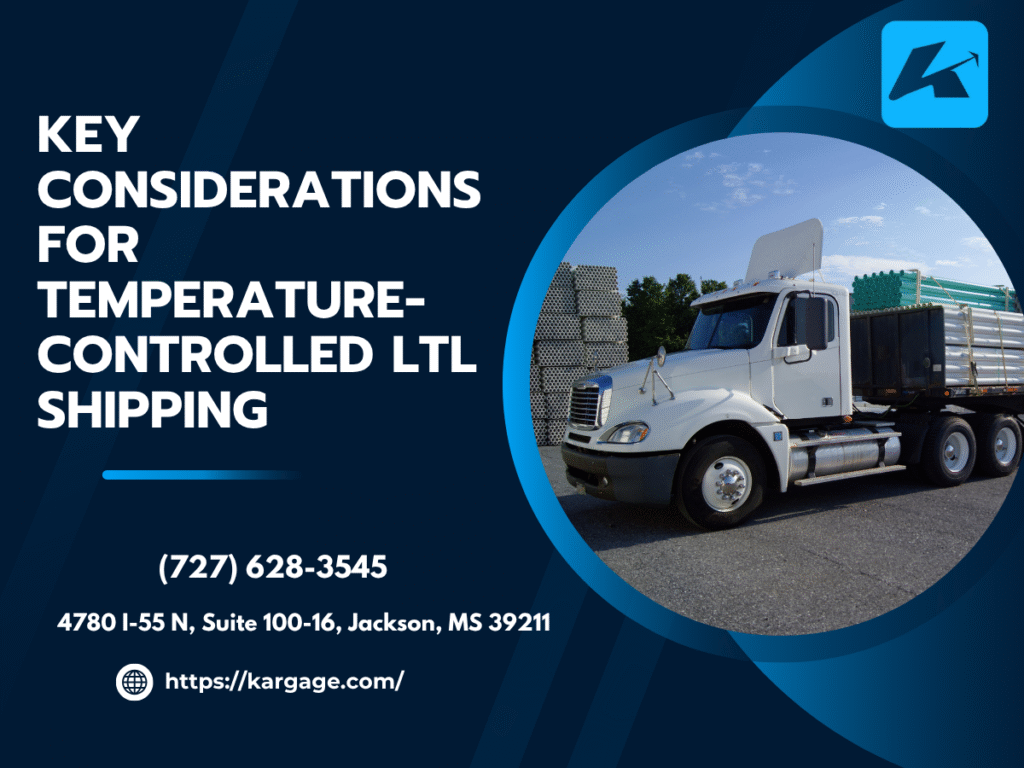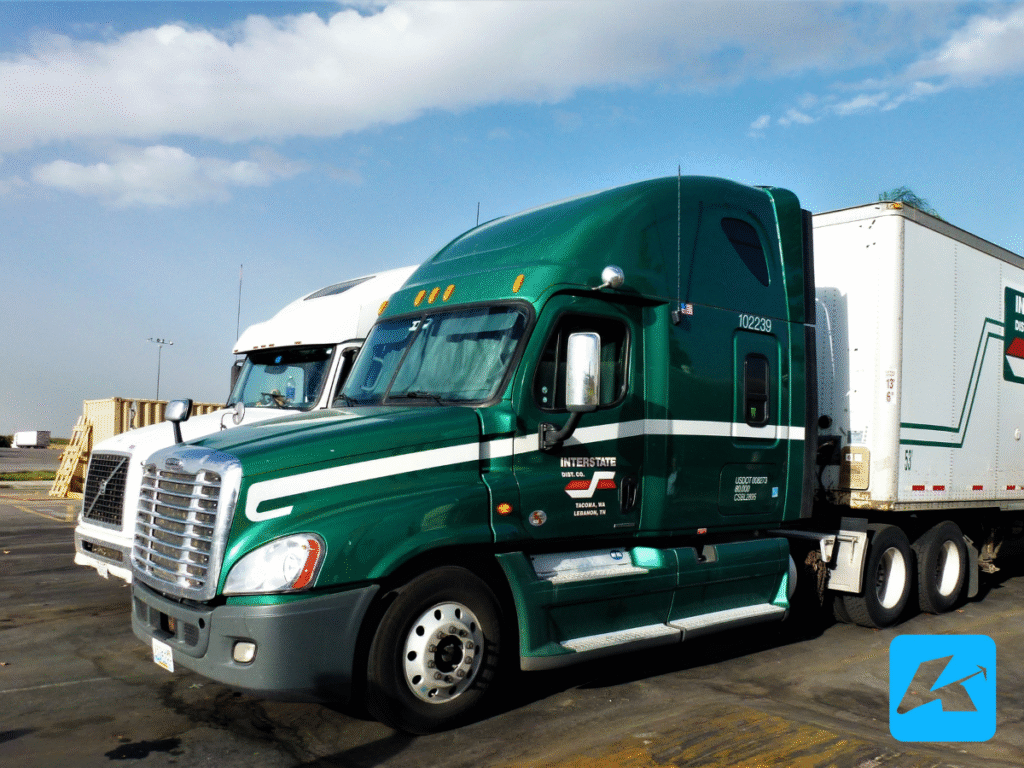Shipping temperature-sensitive goods—like fresh produce, pharmaceuticals, or frozen foods—can feel like a high-stakes mission. When using Less-Than-Truckload (LTL) shipping, where your cargo shares space with others, the challenge intensifies. Temperature-controlled LTL shipping demands precision to keep your goods safe and compliant.

How do you ensure your freight stays at the right temperature from pickup to delivery?
This guide outlines five key considerations to master temperature-controlled LTL shipping and keep your cargo in top condition.
1. Choose the Right Carrier and Equipment
Not all LTL carriers are equipped for temperature-controlled freight. You need a carrier with refrigerated trailers (reefers) that maintain consistent temperatures, whether it’s 35°F for fresh vegetables or -10°F for frozen meat.
Verify the carrier’s reefer units have reliable cooling systems and backup power to prevent breakdowns. Ask about their experience with your cargo type—pharmaceuticals, for instance, often require strict temperature logs.
Kargage, a Jackson, Mississippi-based broker, connects shippers with carriers specializing in refrigerated LTL, ensuring the right fit.
Pro Tip: Request details on the carrier’s reefer maintenance schedule and temperature monitoring systems to confirm reliability.
2. Package and Palletize Properly
Proper packaging is your cargo’s first line of defense in temperature-controlled LTL shipping. Since your freight shares space with other loads, it must withstand handling and potential temperature variations during loading or unloading.
Use insulated containers, gel packs, or dry ice for sensitive goods like vaccines. For perishables, wrap pallets tightly with insulated blankets or thermal film to block heat transfer. Ensure packages are sturdy to avoid damage from stacking.
Label clearly with temperature requirements, like “Keep Frozen” or “Store at 40°F,” to guide handlers.
Action Step: Test your packaging in a controlled environment to ensure it maintains the required temperature for the entire transit duration.
3. Monitor and Document Temperature Compliance
Temperature deviations can spoil goods or violate regulations, especially for food or drugs. Continuous monitoring is critical in LTL shipping, where multiple stops increase risk.
Use data loggers or IoT sensors to track temperature in real time. These devices record conditions and alert you to issues, like a reefer door left open too long. Pair this with detailed documentation—temperature logs, Bills of Lading, and delivery receipts—to prove compliance.
Carriers with advanced monitoring tech can provide peace of mind and regulatory proof.
Quick Tip: Request a carrier’s temperature tracking reports before booking. Ensure they provide verifiable data for audits or claims.
4. Plan for Transit Time and Consolidation
LTL shipping involves multiple stops as freight is consolidated or deconsolidated at terminals, which can extend transit time and expose cargo to temperature risks.
Plan for these delays by choosing carriers with efficient routes and climate-controlled terminals. For example, a shipment of frozen seafood might need a direct route to minimize stops. Communicate delivery deadlines clearly to avoid prolonged exposure.
Kargage helps shippers optimize LTL routes, ensuring temperature-sensitive cargo moves quickly and safely.
Best Practice: Add a buffer to transit schedules for unexpected delays. Discuss consolidation practices with your carrier to ensure temperature control at terminals.
5. Understand Regulations and Insurance Needs
Temperature-controlled LTL shipping often falls under strict regulations, like the FDA’s Food Safety Modernization Act (FSMA) for food or USP guidelines for pharmaceuticals. Non-compliance can lead to fines, rejected shipments, or legal issues.
Familiarize yourself with rules for your cargo type—FSMA, for instance, requires documented temperature controls for perishables. Protect your investment with cargo insurance, as standard carrier liability may not cover temperature-related spoilage.

Work with carriers or brokers who know these regulations to stay compliant.
How to Start: Review FDA or USP guidelines for your goods. Consult your broker or carrier about insurance options for temperature-sensitive freight.
Putting It All Together
Temperature-controlled LTL shipping is complex, but with the right approach, you can protect your cargo and meet compliance needs. By choosing reliable carriers, packaging smartly, monitoring temperatures, planning transit, and understanding regulations, you’ll keep your goods safe from pickup to delivery.
These considerations aren’t just about avoiding spoilage—they’re about delivering quality to your customers. At Kargage, we’ve seen how careful planning keeps temperature-sensitive shipments on track for our clients. But this isn’t about us—it’s about you.
Ready to ship your refrigerated freight? Call us at (727) 628-3545 for a quote. With these tips, you’re set to master temperature-controlled LTL shipping like a pro.

